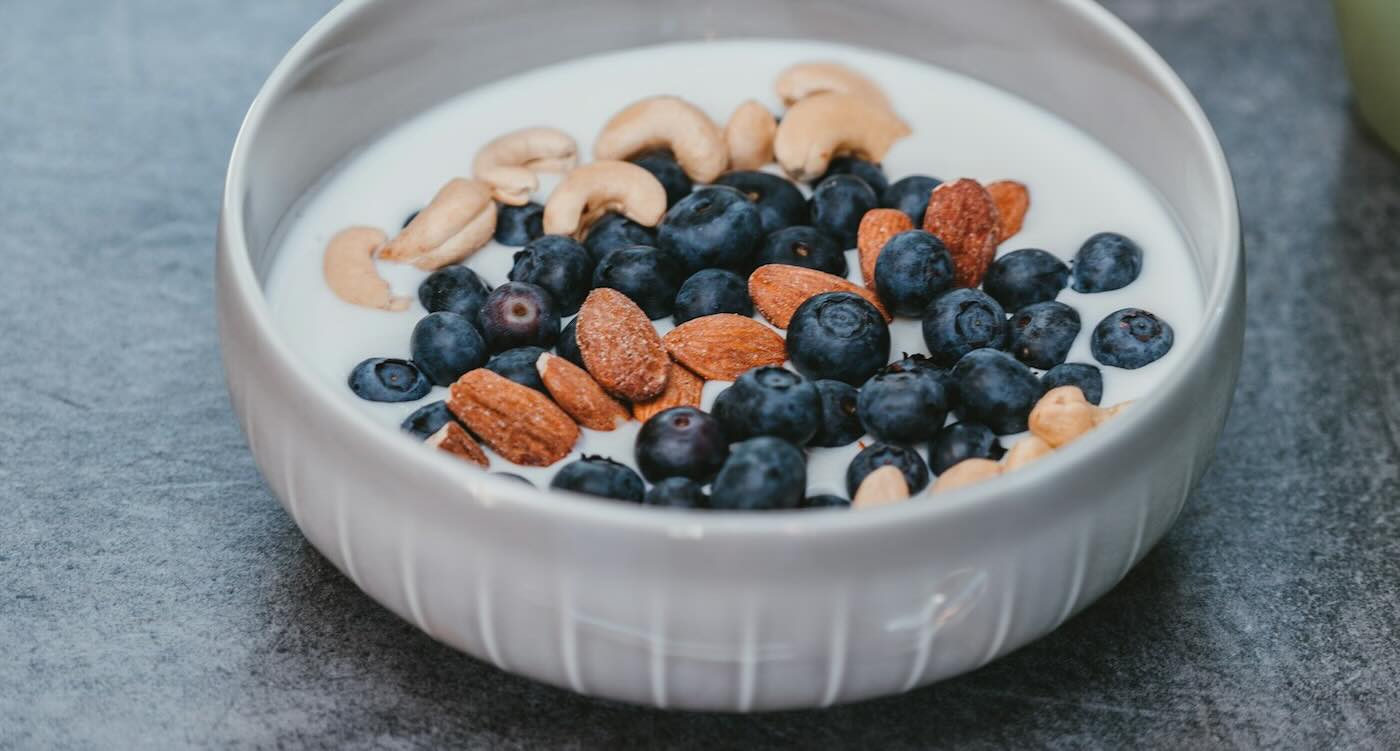 Credit: Julian Hochgesang
Credit: Julian HochgesangPeople who regularly consume polyphenol-rich foods and drinks, such as tea, coffee, berries, cocoa, nuts, whole grains, and olive oil, may have better long-term heart health, according to a new study.
The research, led by King’s College London, found that those with higher adherence to polyphenol-rich dietary patterns had lower predicted cardiovascular disease (CVD) risk.
Polyphenols, natural compounds found in plants, are linked to a variety of health benefits, including improved heart, brain, and gut health.
Researchers followed 3,100 adults from the TwinsUK cohort for over a decade and, for the first time, the researchers also analyzed a large number of metabolites in the urine that are produced when the body breaks down polyphenols.
They found that diets rich in specific groups of polyphenols were linked to healthier blood pressure and cholesterol profiles, contributing to lower CVD risk scores.
These biomarkers confirmed that higher levels of polyphenol metabolites—especially those derived from specific groups of polyphenols, flavonoids, and phenolic acids—had lower cardiovascular risk scores. They also had increased HDL cholesterol, also know as ‘good cholesterol’.
The study, published recently in BMC Medicine, used a newly developed polyphenol dietary score (PPS) to capture intake of 20 key polyphenol-rich foods commonly consumed, ranging from tea and coffee to berries, olive oil, nuts, and whole grains.
This score showed stronger associations with cardiovascular health than estimates of total polyphenol intake, likely because it captures overall dietary patterns rather than individual compounds.
This finding suggests that considering the whole diet provides a more accurate picture of how polyphenol-rich foods work together to support long-term heart health.
“Our findings show that long-term adherence to polyphenol-rich diets can substantially slow the rise in cardiovascular risk as people age,” said Professor Ana Rodriguez-Mateos, Professor of Human Nutrition at King’s College London.
“Even small, sustained shifts towards foods like berries, tea, coffee, nuts, and whole grains may help protect the heart over time.”
Dr. Yong Li, first author of the study, said the research provides “strong evidence that regularly including polyphenol-rich foods in your diet is a simple and effective way to support heart health.”
Additionally, while cardiovascular risk naturally increases with age, higher polyphenol intake was associated with a slower progression of risk over the 11-year follow-up period. Diets Rich in Tea, Coffee, Berries and Nuts Linked to Better Long-term Heart Health in New Study



 Kim Smith – SWNS
Kim Smith – SWNS